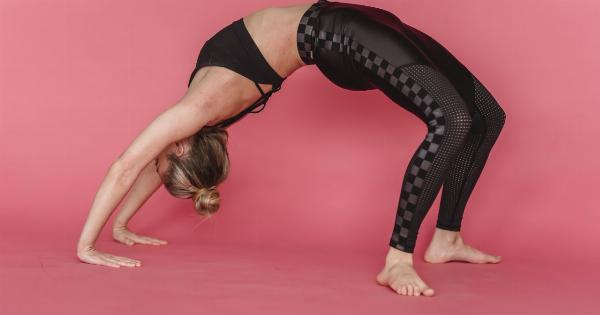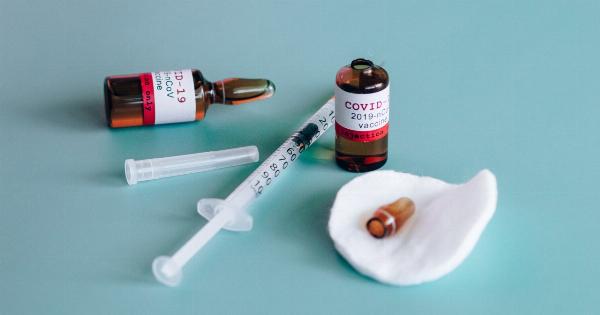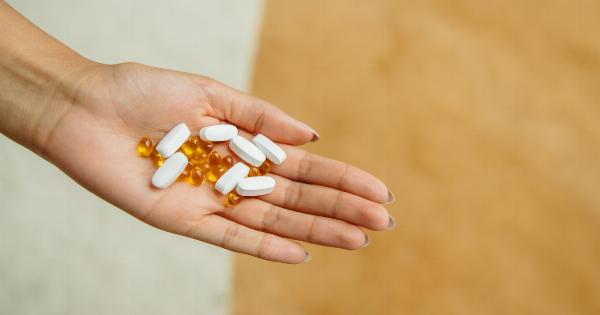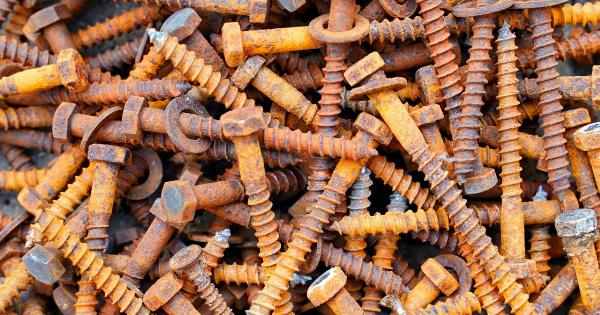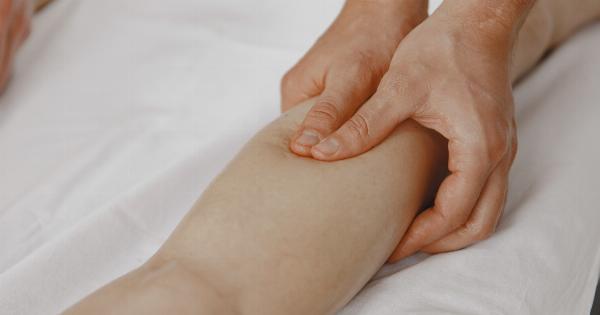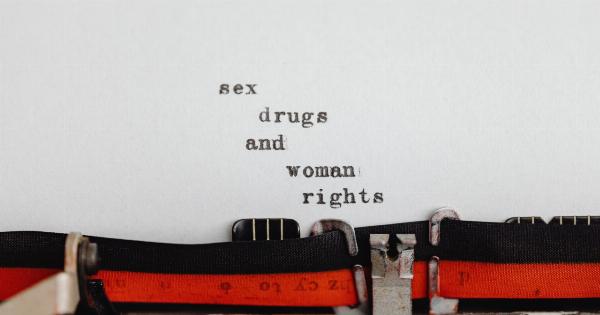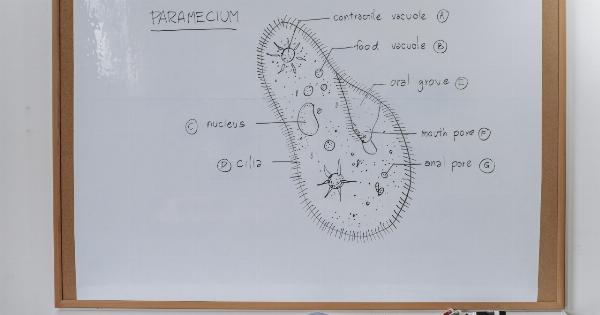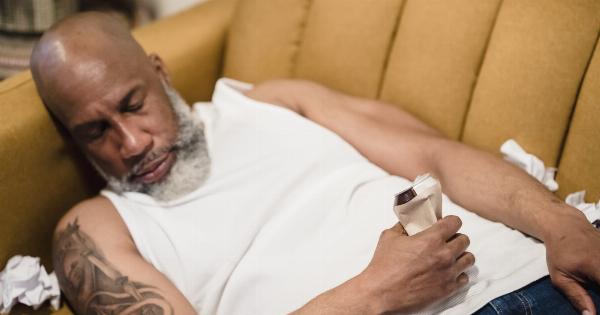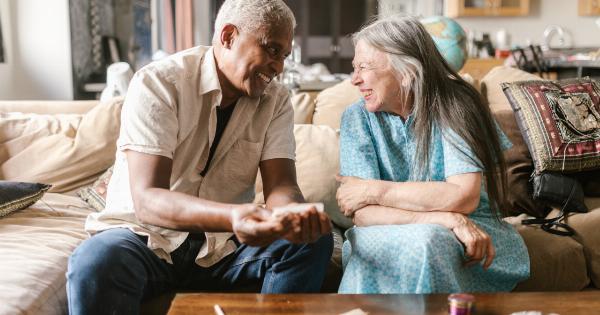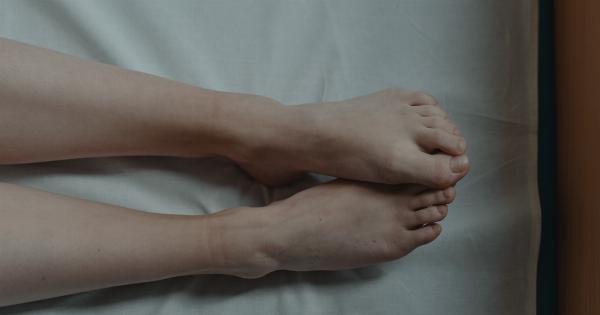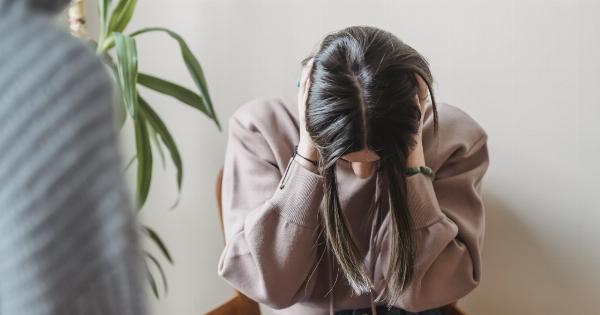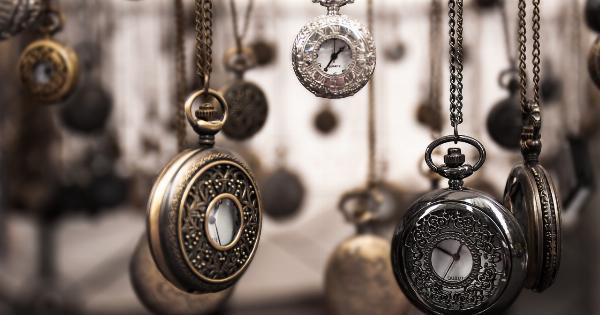Are you tired of constantly dealing with pain in your muscles and joints? Whether it’s from an injury, overuse, or just the wear and tear of everyday life, pain can be both debilitating and frustrating.
If you’re looking for a simple and effective way to alleviate your pain, look no further than the Freeze Stick.
The Freeze Stick is a tool designed to provide instant relief to sore, achy muscles and joints. Its unique gel formula cools on contact, immediately reducing inflammation and providing a numbing sensation that dulls even the most intense pain.
And the best part? The Freeze Stick is incredibly easy to use, with no mess or hassle involved.
But how exactly do you use the Freeze Stick to get the most out of its pain-relieving benefits? In this article, we’ll explore three different postures that can help you target specific areas of your body and treat your pain quickly and effectively.
Posture #1: The Shoulder Shrugs
Are you someone who spends a lot of time sitting at a desk, hunched over a computer or a phone? If so, you’re probably no stranger to neck and shoulder pain.
The Freeze Stick is a great solution for this type of pain, and the Shoulder Shrugs posture is the perfect way to target these areas.
To perform the Shoulder Shrugs posture, start by holding the Freeze Stick in one hand. Place it behind your neck, with the stick running parallel to your spine.
Once you’re in position, shrug your shoulders up towards your ears, then release them back down. Repeat this motion 10-15 times, focusing on releasing any tension you feel in your neck and shoulders.
This posture is great for relieving tension in the upper back, neck, and shoulders. It can also help improve your posture over time, as you become more aware of the tension you hold in these areas and work to release it.
Posture #2: The Foam Roller
Have you ever used a foam roller to massage your muscles after a workout? If so, you know how effective this tool can be for relieving soreness and promoting recovery.
The Freeze Stick can be used in a similar way to provide targeted relief to specific muscle groups.
To perform the Foam Roller posture, lie on your back with your knees bent and feet flat on the floor. Hold the Freeze Stick in both hands, with your hands positioned at either end of the stick.
Place the stick perpendicular to your spine, with one end resting against your lower back and the other end against your neck.
Slowly roll the Freeze Stick up and down your spine, stopping at any areas that feel particularly tight or sore. You can also make small circles with the stick in these areas, using gentle pressure to release any tension or knots.
Repeat this motion for 10-15 minutes, focusing on any areas that feel particularly sore or tight.
This posture is great for targeting specific muscle groups in the back, including the lower back, upper back, and shoulders. It can also be used to provide relief to the glutes and hamstrings.
Posture #3: The Quad Roll
Do you suffer from pain in your legs, feet, or ankles? The Freeze Stick can be a great solution for these areas as well, particularly when used in combination with the Quad Roll posture.
To perform the Quad Roll posture, sit on the ground with your legs extended in front of you. Hold the Freeze Stick in both hands, with your hands positioned at either end of the stick. Place the stick perpendicular to your thigh, just above your knee.
Roll the Freeze Stick up and down your thigh, using gentle pressure to release any tension or knots you feel.
When you reach the top of your thigh, raise your foot off the ground and roll the stick back down towards your knee, using your foot to guide the stick. Repeat this motion for 10-15 minutes on each leg, focusing on any areas that feel particularly sore or tight.
This posture is great for targeting specific muscle groups in the legs, including the quads, hamstrings, and calves. It can also be used to provide relief to the ankles and feet.
Conclusion
The Freeze Stick is an incredibly effective tool for relieving pain and promoting recovery. By using the postures described in this article, you can target specific areas of your body and provide the relief you need to feel your best.
Whether you suffer from chronic pain or just the occasional ache and soreness, the Freeze Stick is a simple and convenient way to feel better quickly.

